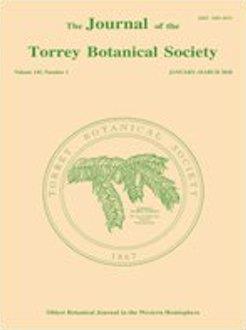In cryptically dioecious species, at least one morph is functionally unisexual despite hermaphroditic morphology. In such species, sterile reproductive structures may indirectly increase fitness of the cryptic morph. This study manipulates pollination mode to investigate two hypotheses regarding the influence of sterile stamens on female fitness in the cryptically dioecious Thalictrum macrostylum. Pollination mode and the presence of pollen limitation in natural populations were also investigated. In two natural populations, pollen receipt on pistils was quantified in open-pollinated and pollinator-exclusion flowers with varying numbers of stamens. Seed set was quantified in additional open-pollinated flowers, a subset of which received supplemental pollen to test for pollen limitation. Females were not significantly insect pollinated at either site. Number of sterile stamens per flower was positively related to pollen receipt in open-pollinated flowers at one site, but had no influence on seed set at either site. In one population, seed set was significantly pollen limited, and high variance in seed set among pollen-addition flowers in both populations indicates that high pollen loads do not always increase seed set. In the wind-pollinated and cryptically dioecious Thalictrum macrostylum, sterile stamens in females do not appear to increase female fitness. Other explanations for the persistence of stamens and sterile pollen in females of T. macrostylum should be sought.
How to translate text using browser tools
19 January 2018
Sterile stamens do not enhance seed set in females of the cryptically dioecious Thalictrum macrostylum (Ranunculaceae)
Rebecca Penny Humphrey
ACCESS THE FULL ARTICLE
aerodynamic-influence hypothesis
cryptic dioecy
pollinator-attraction hypothesis
Thalictrum





